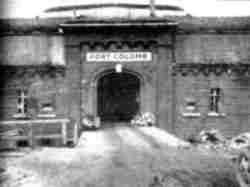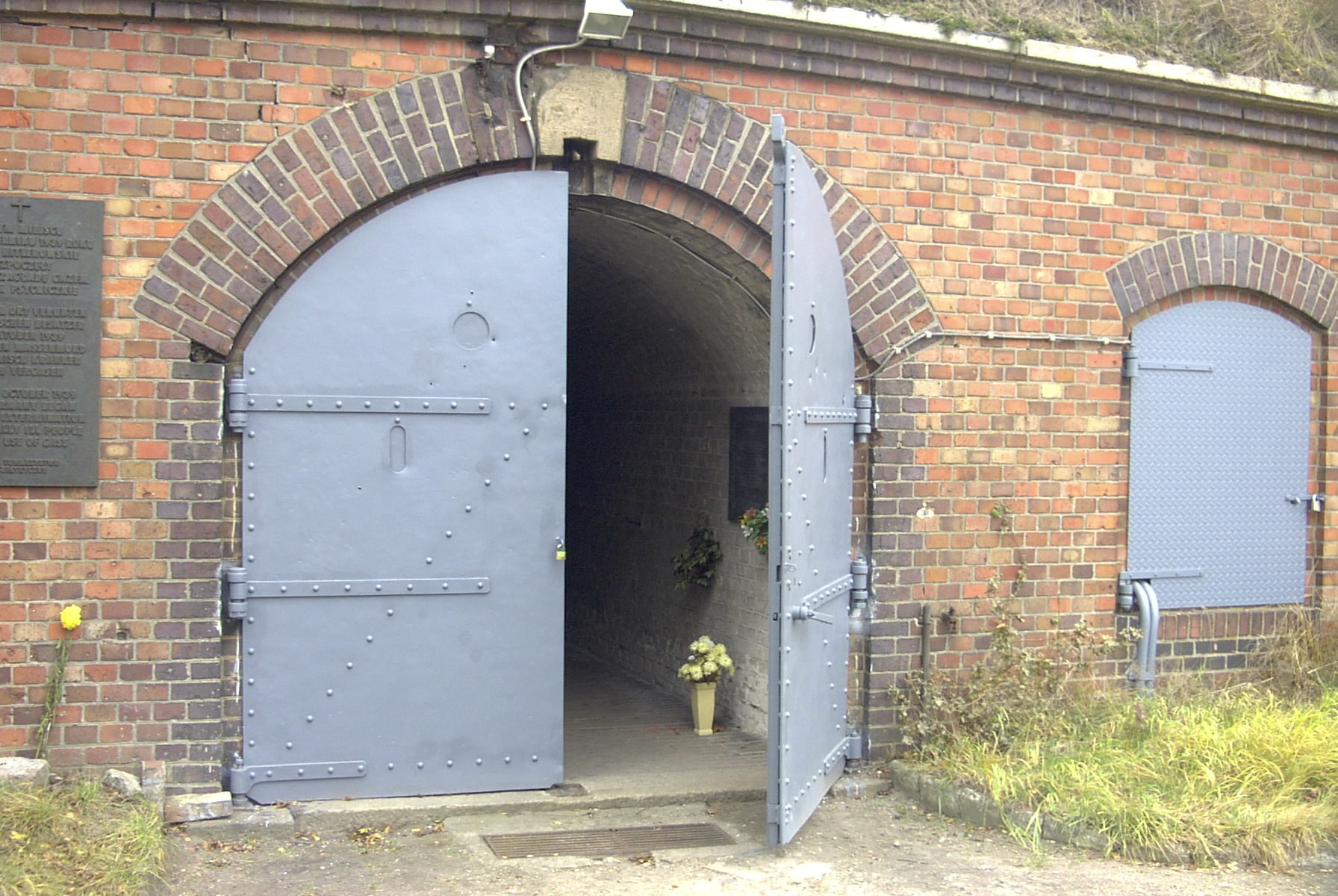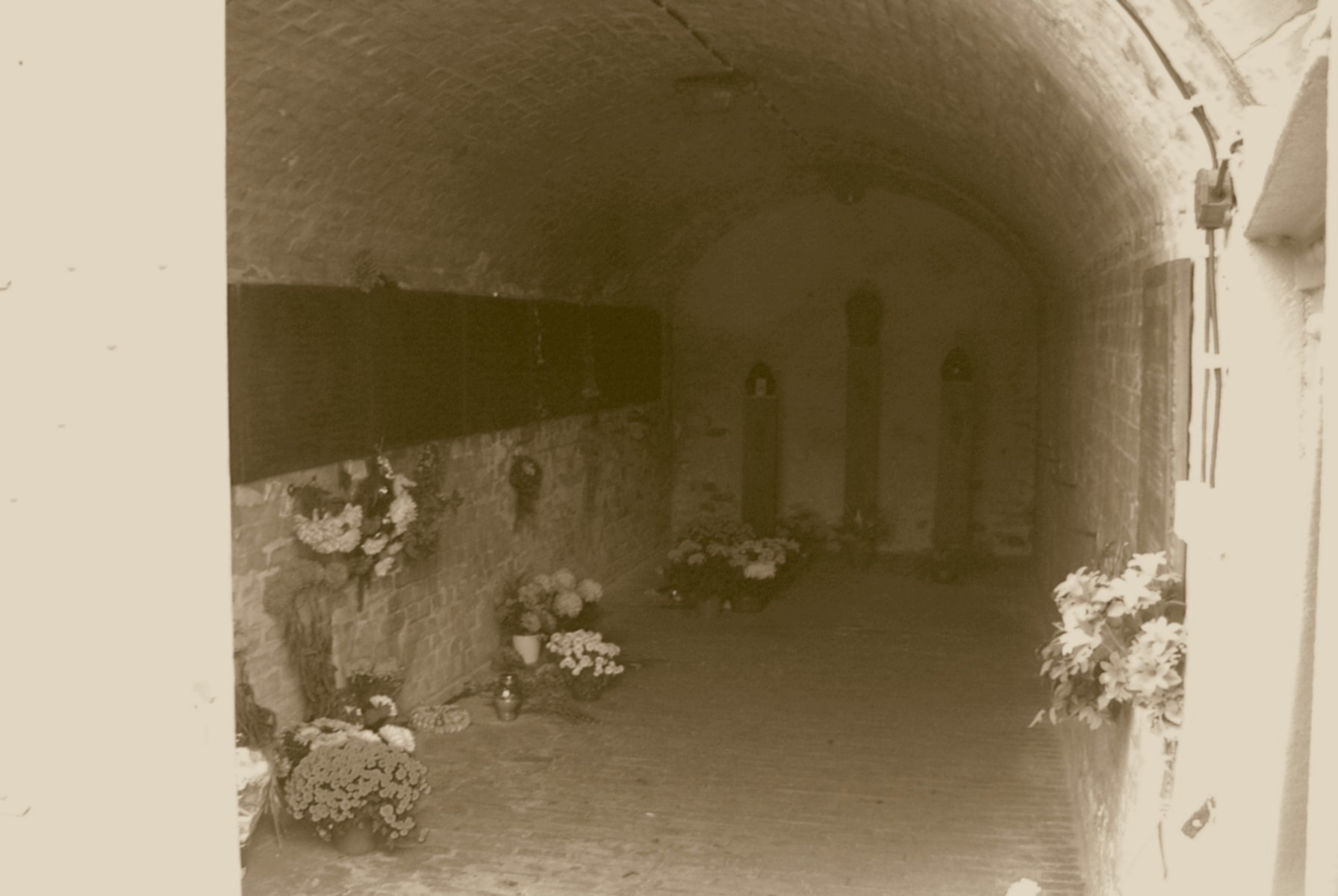Holocaust Education & Archive Research Team |
Euthanasia
Nazi Eugenics & Euthanasia T- 4 Staff T- 4 in Poland T - 4 in Germany & Austria | |||
Owinska Mental Home and Poznan Fort VII
Owinska is a town situated about 10 km north of Poznan. The home located there was the oldest established hospital for the mentally sick people in the Generalgouvernement, . The German army occupied Owinska in mid-September 1939, when the mental home was taken over by the Gau-Selbstverwaltung of Poznan and a Nazi commissioner appointed. The new head demanded a list of all patients and prohibited the discharge of anyone from the hospital. The staff was told that the home would be closed and all patients transferred to other hospitals. In fact, SS Sonderkommando Lange was ordered to Owinska for the purpose of exterminating all patients. In the second half of October 1939, the first patients were collected by military trucks, under surveillance of SS men. 1-3 trucks left the home every day. The staff of the hospital had no knowledge of the vehicles’ destination. Initially all of the male patients were deported, followed by the women, and finally by 78 children on 11 November 1939. By 30 November 1939 the Owinska mental home was empty, apart from the few staff that remained to deal with business affairs. Many of the patients were killed in a primitive gas chamber at Fort VII in Poznan. Later, mobile gas chambers (gas vans) drove patients to Murowana Goslina. During the drive, all of the victims were killed by the vans’ exhaust fumes. Each incoming truck at Fort VII held about 25 persons. After their arrival they were taken to a gas chamber which was installed in a bunker in the courtyard of Fort VII. The closed door of the chamber was sealed with clay. The victims had to remain in the gas chamber while the SS installed gas cylinders with (probably) carbon monoxide besides the entrance.
When all of the victims were dead, a special group of `regular’ prisoners were forced to open the door and to remove the corpses, which were then loaded onto trucks and driven away. The names of the victims remain unknown to this day, since all relevant documentation was destroyed. The commanders of Fort VII included SS-Sturmbannführer Herbert Lange (10-16 October 1939); SS-Hauptsturmführer Hans Weibrecht (16 October 1939 until June or July 1940); SS-Hauptsturmführer Kühndel (summer 1940 until 1941); and SS-Obersturmführer Hans Walter (1943 until 1944). Between 1941 and 1943, the following were either commandants or deputy commandants: Langes, Mollendorf, Wagner and Werner. For many inmates, Fort VII was a temporary prison. Later they were transferred to other concentration camps, principally Auschwitz, Dachau, Ravensbrück and Groß-Rosen. The last remaining prisoners were sent to the Zabikowo camp.
Currently, this place houses the Museum for Wielkopolska Martyrs - Fort VII. The museum is in charge of documents describing the martyrdom of people living in Wielkopolska during the Nazi occupation. It collects all kinds of exhibits dating back to that period. This collection includes a rich volume of letters written in the camp, drawings, photos, prisoners' personal documents, documents issued by the German occupying authorities, and various objects that the prisoners used every day, e.g. medallions made of bread, wallets, dictionaries, and rosaries. The museum also keeps archives of prisoners' accounts, and collects personal files describing the lives of people who found themselves in Fort VII. The records, now containing ca. 5000 files, mostly with photographs of prisoners, are a source of significant historical information. These can be utilised by researchers and the Institute of National Remembrance. It is estimated that the Nazis killed around 10,000–15,000 individuals at Fort VII by means of torture, gassing, and other forms of execution. Only the identity of 479 victims can be substantiated. Today Fort VII has been dedicated as a memorial of martyrdom. During the war the Owinska mental home was converted into a barracks for SS men. During the course of the German army's retreat in the summer of 1944, the building was partially destroyed. The hospital has never been reopened.
Sources:
Artur Hojan -Independent research. L. Szumiło, Museum of Fight for Independence of Wielkopolska. The Holocaust Chronicle Publications International LTD
Copyright: Carmelo Lisciotto H.E.A.R.T 2007
|



